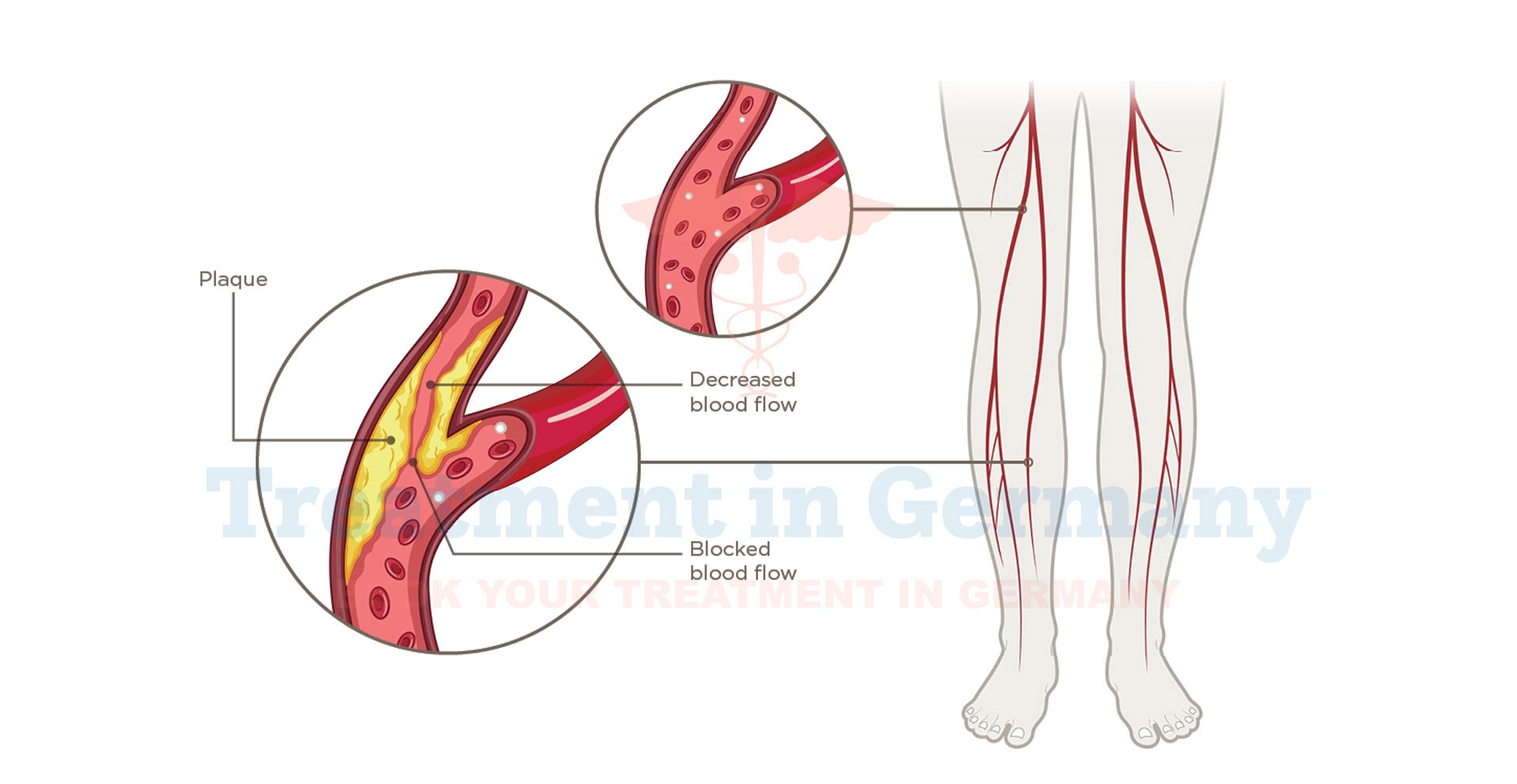What is Occlusive Arterial Disease?
Occlusive arterial disease, also known as peripheral artery disease (PAD), occurs when arteries that supply blood to the limbs become narrowed or blocked.
This narrowing is usually due to the buildup of fatty deposits (atherosclerosis) within the arterial walls. As a result, blood flow to the affected limbs, typically the legs, is reduced, leading to various symptoms.
Side Effects of Occlusive Arterial Disease
The symptoms of occlusive arterial disease can vary depending on the severity of the blockage and may include:
- Claudication: Pain, cramping, or weakness in the legs, especially during physical activity.
- Numbness or tingling: Particularly in the affected limbs.
- Coolness and discoloration: Skin on the legs may feel cool to the touch and appear pale or bluish.
- Non-healing wounds: In severe cases, lack of adequate blood flow can lead to ulcers or sores on the feet or legs that do not heal properly.
Left untreated, occlusive arterial disease can progress and increase the risk of more serious complications such as infections and tissue death (gangrene).
How is Occlusive Arterial Disease Diagnosed?
Diagnosis typically involves a combination of medical history, physical examination, and specialized tests, including:
- Ankle-brachial index (ABI): This test compares the blood pressure in your ankles with the blood pressure in your arms to assess blood flow.
- Ultrasound: Doppler ultrasound can show blood flow in the arteries and detect any narrowing or blockages.
- Angiography: This imaging technique uses contrast dye and X-rays to create detailed images of the arteries and pinpoint the location and extent of blockages.
Potential Treatment of Occlusive Arterial Disease
Treatment aims to relieve symptoms, improve quality of life, and reduce the risk of complications. Depending on the severity and location of the blockage, treatment options may include:
- Lifestyle changes: Such as smoking cessation, regular exercise, and a healthy diet to manage risk factors like high blood pressure and cholesterol levels.
- Medications: To control symptoms and prevent further progression of atherosclerosis, including antiplatelet drugs and medications to lower cholesterol.
- Minimally invasive procedures: Such as angioplasty and stenting, which can help open blocked arteries and restore blood flow.
- Surgery: In more advanced cases, surgical procedures such as bypass grafting may be necessary to reroute blood flow around blocked arteries.
👉 Contact us for further information and receive a complimentary consultation.

.webp)
.webp)
 (1).webp)
 (1).webp)

.webp)
.webp)
 (1).webp)
 (1).webp)
